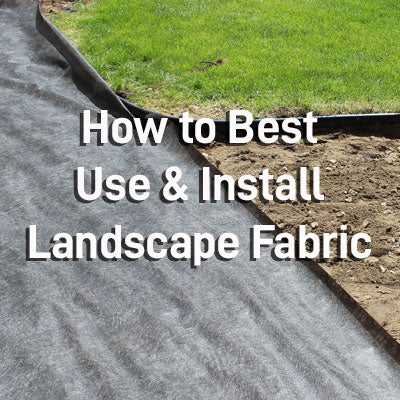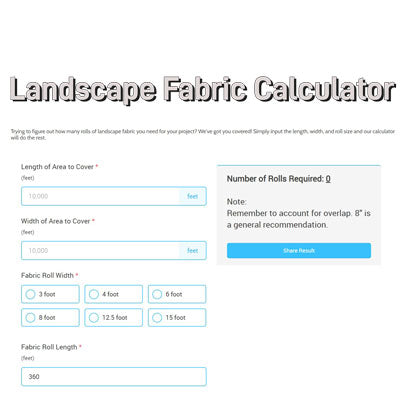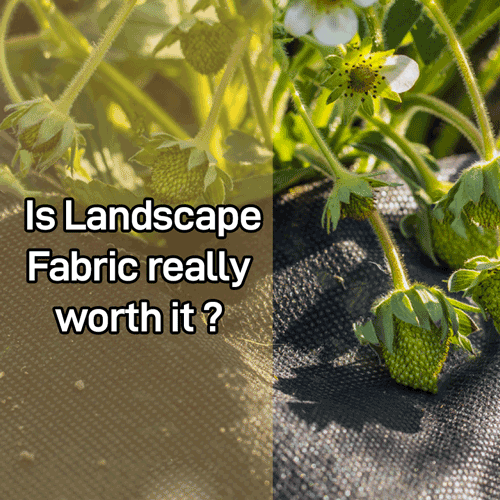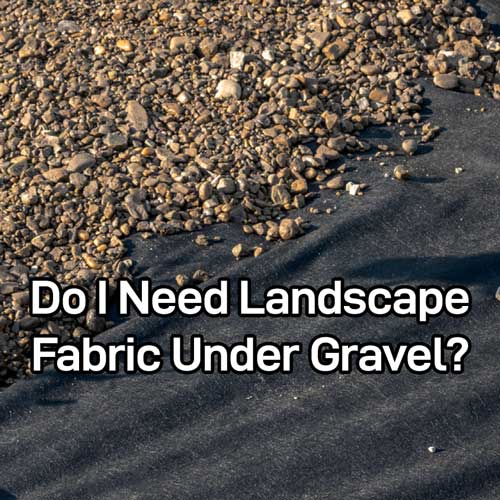Rip Rap Erosion Control Fabric
Pro Fabric Supply offers a wide variety of different fabrics sizes for shoreline and erosion control applications..
8-16 oz weight nonwoven fabrics are typically used for Shorelines and Rip Rap Walls
Nonwoven Fabrics help resist shoreline erosion
The main benefit of using nonwoven geotextile fabric is its ability to let water pass through and drain while still holding back sand, silt, and soil. This capability is vital when combating issues like erosion. In particular, many shorefront homeowners and contractors are looking for a solution to minimize shoreline erosion. We’ll describe more on why nonwoven fabrics are a great choice under shoreline rip rap and how they help reduce erosion.
Rip Rap on shorelines refers to the assortment of stone that is used to thwart erosion of waves and weather on a shoreline. In general, there are two main kinds of rip rap, “Graded” and “Uniform”.
- Graded Rip Rap is a mixture of different size stones and varies from smaller rock to larger boulders
- Uniform Rip Rap is what the name implies all stones are of approximately the same size


Residential Shoreline with Rip-Rap Wall
Which kind of Rip Rap Should I use on my Shoreline?
For most applications, it’s desirable to have a Graded Rip rap over Uniform rip rap. A Graded variety of stone offers a couple of advantages. First, it’s easier to place a variety of stones in an area rather than having to line up a set size of larger boulders in a specific area.
Graded allows for the installer to put larger cornerstone boulders in strategic places and then fill in the rest with whatever stone is on hand. This can make it much easier to install using a machine or bucket and not have to worry about a particular sizing. Additionally, the various sizes increase the resilience of your rip rap wall against hard waves or storms. The mix of sizes enables an almost self-healing capacity where smaller stones can move in between the larger ones filling in the cracks.
When it’s not practical to get Graded rip rap then Uniform will work just fine for most applications. Placement of the same size stone if smaller can make installation easy, however, if the stones are more of the boulder size then proper placement will take time. Also smaller stone uniform applications can get washed and moved around much easier if your environment faces a storm or is in a coastal area.
Note: If your project calls for mulch or planting at the edge of your property before the rip rap rock, then consider our weed block fabric which will help prevent weeds and keep your view even better.
What are the classifications of Shoreline Rip Rap?
The following is a table to help you understand a bit more when contractors or engineers are discussing the various class or type sizing for rip rap stone.
Graded Riprap - Sizing Chart
| Riprap Class | Weight in lbs. | Mean Spherical Diameter in ft. |
|---|---|---|
| Class AI | 25 | 0.9 |
| Class I | 50 | 1.1 |
| Class II | 150 | 1.6 |
| Class III | 500 | 2.2 |
| Type I | 1,500 | 2.8 |
| Type II | 6,000 | 4.5 |
The exact sizing required for a particular application can be addressed by a project engineer or seasoned contractor and they typically take environmental needs into consideration. A general guideline that is used for sizing is:
The minimum thickness of the riprap layer shall be 2 times the maximum stone diameter, but not less than 6 inches.
Rip rap sizing chart and class information found in the STD & SPEC 3.19 by the state of Virginia on Erosion and use of Rip Rap
When should Erosion Control or Geotextile Filter Fabric be used for Shoreline Applications?
The erosion control fabric should be used to prevent soil movement below the fabric from washing away or moving through Rip-Rap area.
Fabric can be used in situations where the slope is at a 1.5:1 or less grade. It’s not recommended at a greater slope than this. If your project has such a slope please speak with a local engineer or contractor to better understand what is more appropriate for your project.
What kind of Erosion Control Fabric should be used for Shoreline Rip Rap?
It’s recommended that a heavier weight 8-16oz nonwoven needle-punched fabric be used on shoreline rip rap applications. This kind of fabric is measured in weight per square yard, ounces specifically. A Shoreline Erosion Control project would likely require fabric in the 10oz to 16oz weight range. The heavier fabrics provide more strength and are less likely to tear when large class II or Class III boulders are placed on them.
Be sure to consult your local project engineer or construction professional about the rock sizing and particular materials required.
Note: if you are going be doing additional construction around shoreline erosion control project. Then consider using a sediment barrier fabric as a temporary barrier that will help keep pollutants out of your surrounding water sources until construction is completed.









